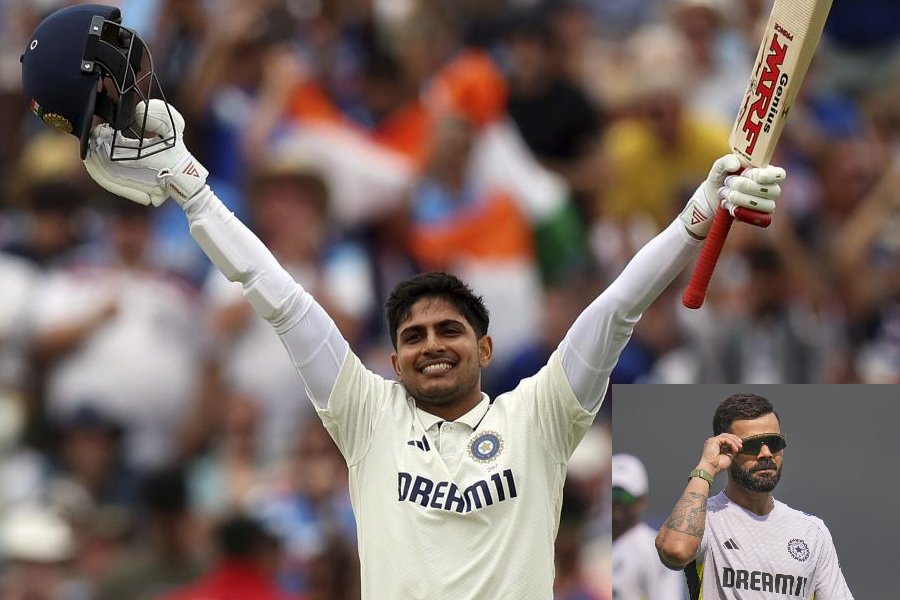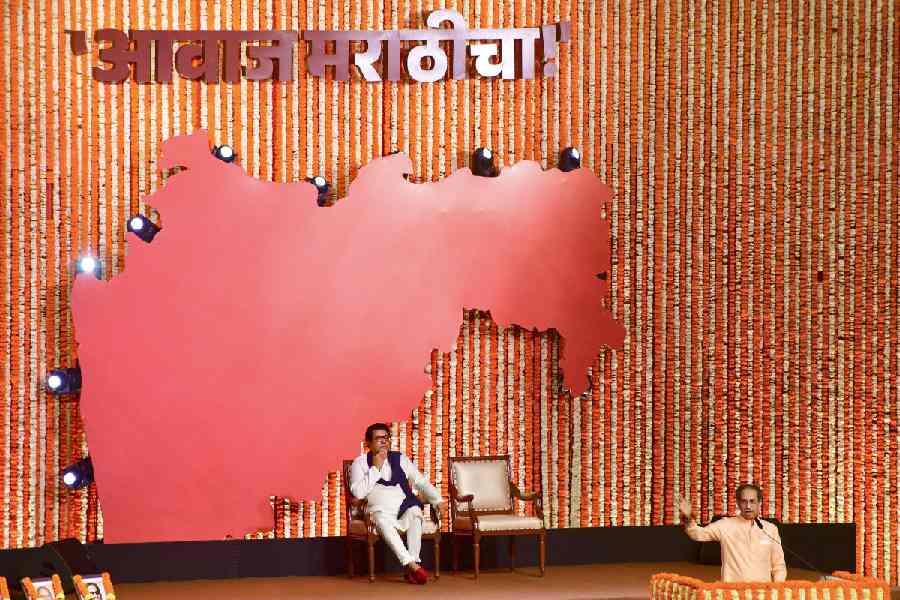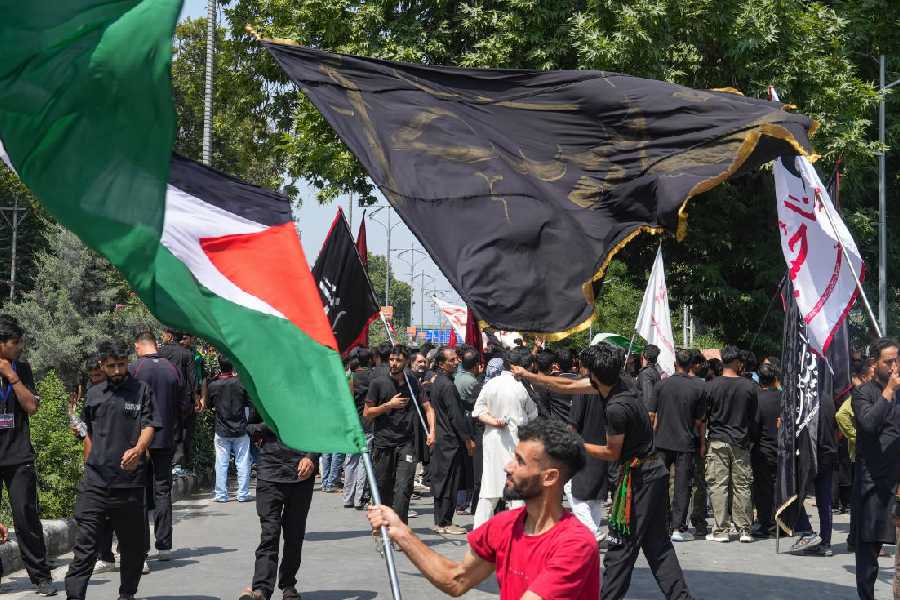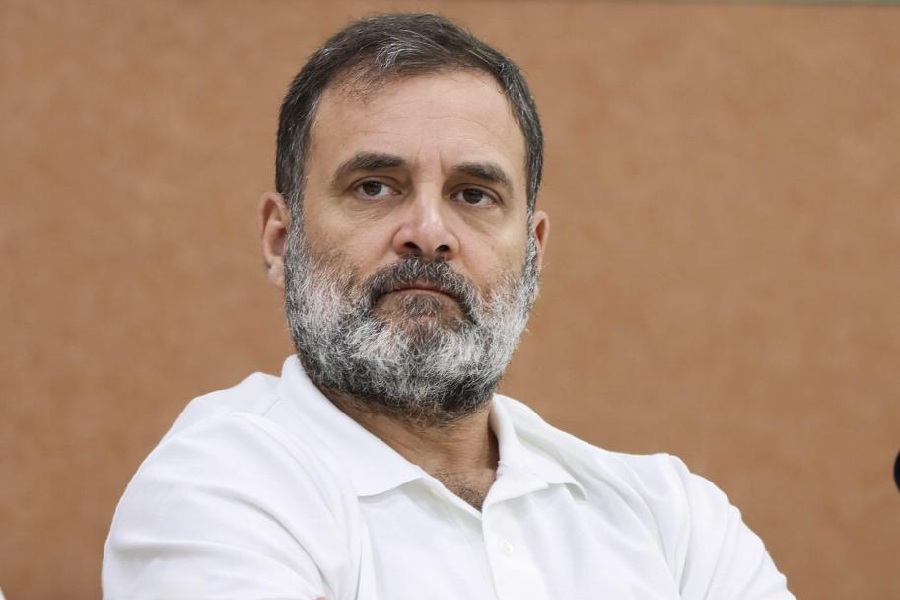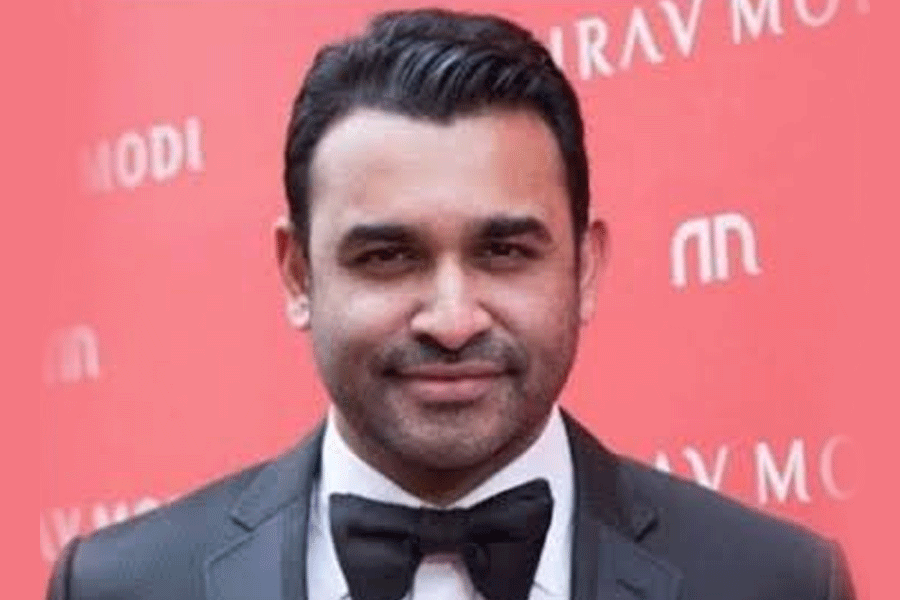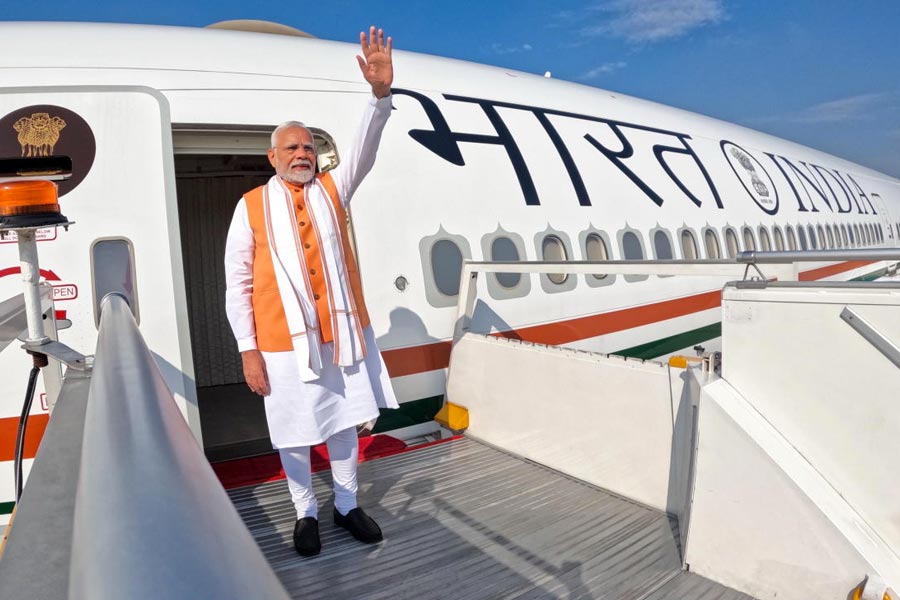 |
New Delhi, Aug. 16: The Centre has prepared a manual to help schoolchildren fend off peer pressure to watch pornography or take drugs — situations that often lead to sexual abuse.
The manual will be provided only to schoolteachers, who will advise adolescent students from classes IX to XII in the light of its recommendations. (See chart).
The Centre prepared the manual after two earlier ones sparked controversy by being too sexually explicit for the tastes of many state governments.
The latest version, if cleared by the human resource development ministry in consultation with experts, will be with schoolteachers across the country by next month. It’s now being used in trials at teacher-training workshops.
The manual looks to teach adolescents to say “no” to a range of potentially risky situations. It cites specific situations and provides clear and definite advice for each.
For instance, teachers will help students handle questions like: “Do you want to watch some porn movies tonight?”
The recommended advice: “Keep going as if you did not hear the person.”
The course also tackles “emotional blackmail”. A boy may, for instance, tell his girlfriend: “There is nothing harmful in this, do it for my sake. I do so much for you, won’t you do this one thing for me?”
Although the manual is careful not to specify what “it” means, the question clearly leaves the girl uncomfortable, implying the boy was asking for sexual favours.
The teachers will be trained to help the girl say: “I am not uncomfortable doing this, it makes me unhappy. Would you like me to do something that made me unhappy?”
The manual also addresses substance abuse which, psychiatrists on the team working on the course say, is often peer-driven.
“The manual’s objective is to help teachers start a discussion on these matters with their students, who can then come up with their own solutions,” an official co-ordinating the National Adolescent Education Programme said.
Each school must ensure 16 hours of adolescent education a year to each student.
The Centre has been bombarded with requests for such a course from concerned parents, sex-abuse watchdogs and state governments.
The first teacher-training kit, prepared by the National Aids Control Organisation (Naco) and the United Nations International Children’s Emergency Fund (Unicef), prompted allegations of “pornography”.
It had provided teachers with a flip chart to help them explain the various stages of adolescent growth to students – but it contained portraits of naked boys and girls.
A second manual was prepared without the portraits but it, too, faced criticism for its language. Expressions like “masturbation”, “intercourse”, “arousal” and “bed fluids” were considered “too strong” by India’s politically sensitive education managers, and this manual was withdrawn as well.
Gujarat, Rajasthan, Maharashtra and Kerala -- states ruled by parties across the political spectrum -- had written to the Centre that they would not implement the adolescent education programme.
“The new course (the one being tested) takes into consideration the concerns of all those who had problems earlier,” a central official said.
The United Nations Population Fund (UNFPA) helped the government draw up the course.


